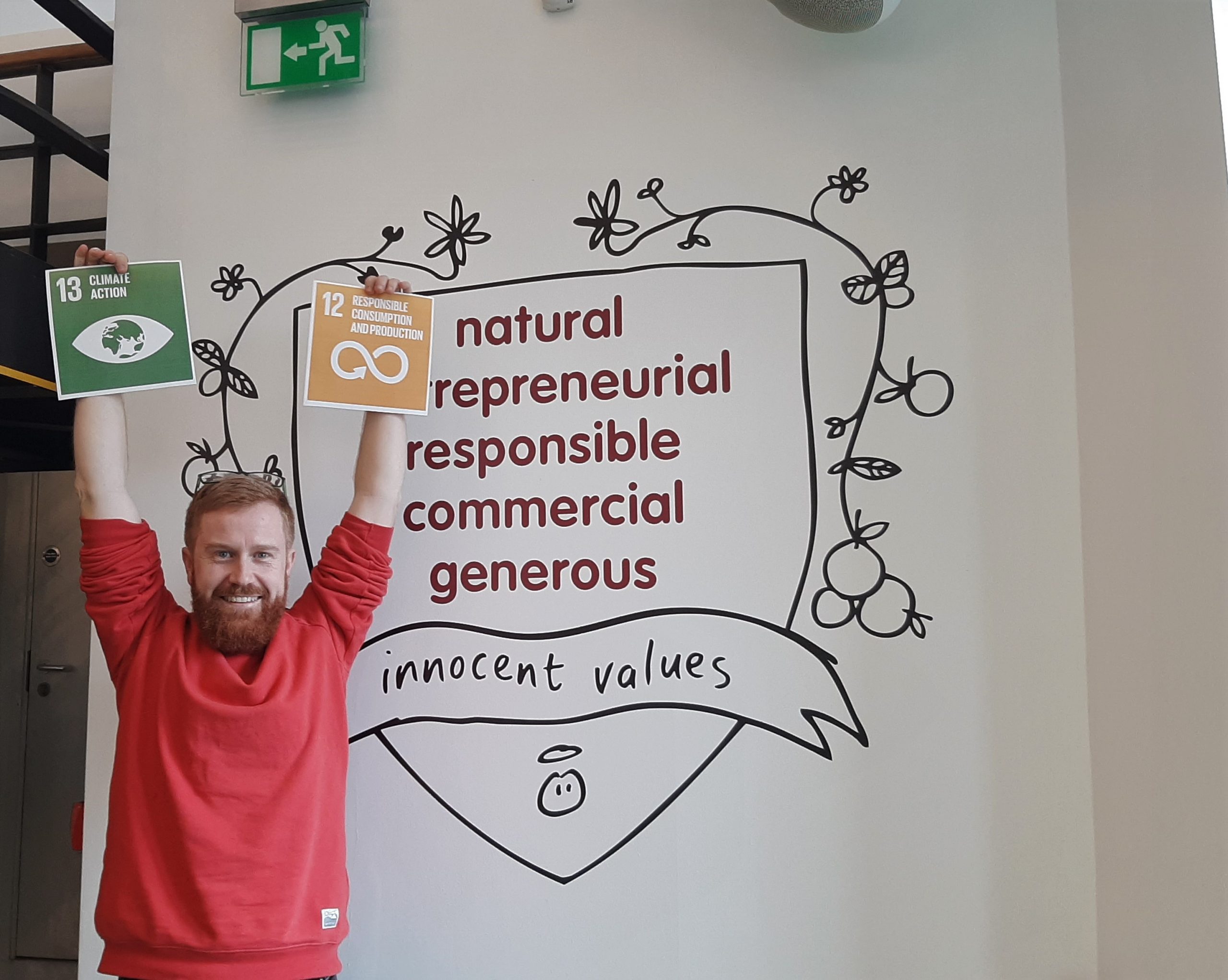The relationship between cities and sustainability has been rising up the international agenda over the past few decades. But the role of cities as centres of global economic development and their part in changing environmental and social conditions has gained much more attention recently. For example, at major global events, like the Earth Summit.
There are some significant reasons why this is the case. At the top of the list is that the majority of the world’s people now live in cities and urban areas. More than 70% of the global population is expected to live in urban areas by 2050. We are truly living in the urban century. But there is more to it than just a shift in where we live.
Cities are estimated to account for up to 75% of global energy demand and 80% of greenhouse gas production. Not to mention a multitude of environmental and socio-economic issues related to urban life such as waste generation, air pollution, resource use and water demands.
Frustration at the slow pace of national and global action on climate change and sustainable development has also focused attention on cities. We are failing to achieve the reductions in greenhouse gas emissions needed to keep global warming within a safe trajectory, something the Intergovernmental Panel on Climate Change and the International Energy Agency have repeatedly pointed out, and more recently the World Bank.
Nobody knows exactly what a sustainable city will look like, and how quickly or smoothly transitions towards urban sustainability can occur. However, we do know that cities need to move towards zero greenhouse gas emissions. Food, water, energy, waste and transport are all areas where sustainable systems of production and consumption will need to be established and brought together.
In contrast to national governments, significant numbers of municipalities are making the first move. In Europe, there is the Covenant of Mayors, and local collaborations such as Transition Towns and One Planet Communities. These local groups, acting globally around the world, foster visions and strategies based on scientific knowledge of climate change and other sustainability challenges. In parallel, they have kicked off a string of grass-roots movements. These range from setting up distributed renewable energy systems, to urban agriculture, to transport planning that prioritises public transport, bikes and walking.
Importantly, cities and municipalities are not isolated entities. They are interconnected in complex ways through the global economy and a mobile society. For example, ICLEI, known as Local Governments for Sustainability, and the C40 Cities group of the world’s largest cities, bring city officials together to exchange ideas and solve problems. Cities can also be catalysts for change at much wider scales – they can be the “pressure points” for transformative global change.
The recent publication of the Journal of Cleaner Production explores what we know about cities, sustainability and transformation, and how to effectively direct urban development towards ambitious sustainability goals. It examines 35 cases and more than 130 examples of urban sustainability initiatives, with insights from cities on every populated continent that include Stockholm, New York, Lima, Hong Kong, Cape Town and Melbourne.
Sustainable urban transformation cuts across many areas including governance and planning, innovation and competitiveness, lifestyle and consumption, resource management, climate mitigation, transport and accessibility, buildings, and public space. It is very broad, but there are some key lessons to learn from initiatives on sustainable cities (so far).
Building sustainable cities must be about more than creating technically sustainable urban areas and stimulating “green” economic development. In other words, it is not simply an engineering or economic challenge. Truly sustainable cities must attract and excite people about opportunities and new lifestyles. They must be engaging in every sense.
Technology is often considered the solution to make cities and urban areas smarter and more sustainable. Interestingly, it appears that making cities sustainable is more a social, organisational, economic, cultural and political challenge, than a technological one. Governance and planning are keys to sustainable urban transformation.
If we stay within sectors (like energy or transport) or disciplines (like engineering or architecture) we will fail to meet the challenges that cities face. Instead, we must combine different disciplines, sectors and approaches. It is through collaborative efforts that sustainable cities will emerge.
We need to understand cities as a source of possibilities and promote collaboration between organisations and citizens with diverse backgrounds, interests and skills. We need to test different solutions and approaches because, ultimately, it is vision, experimentation, and action that will create cities fit for the future.
Kes McCormick, Assistant Professor in Sustainability and Governance, Lund University
This article is republished from The Conversation under a Creative Commons license. Read the original article. Image courtesy of iStockPhoto






